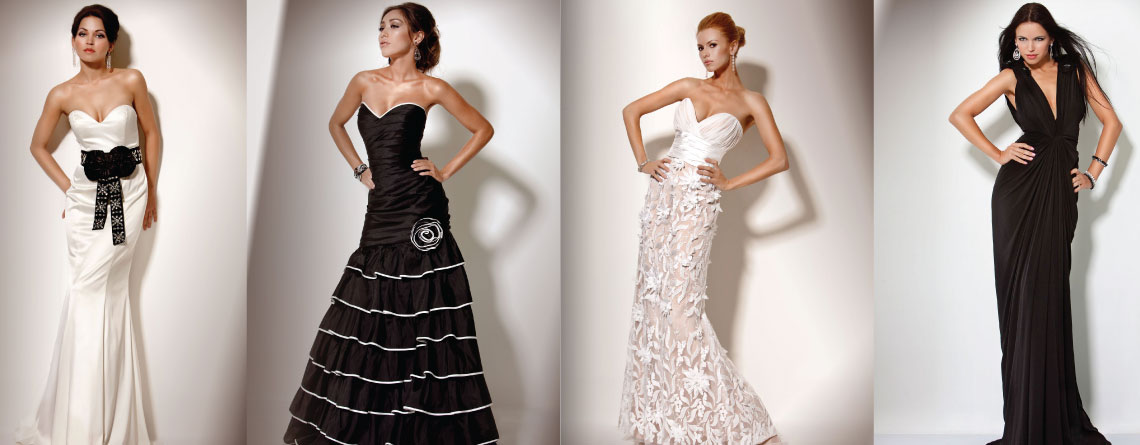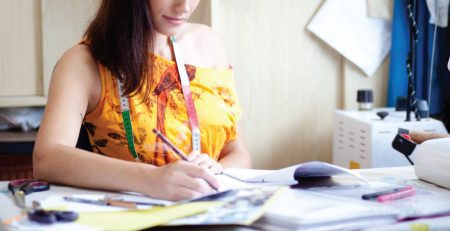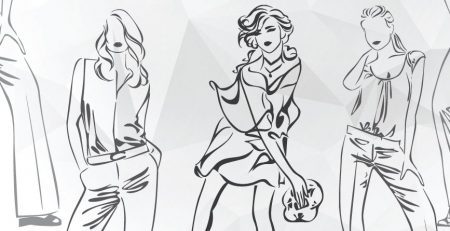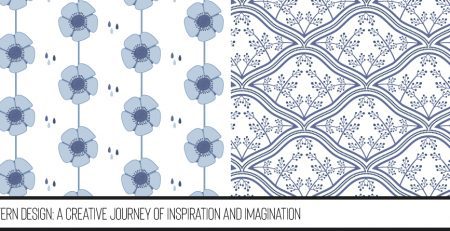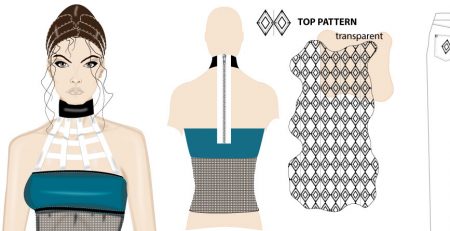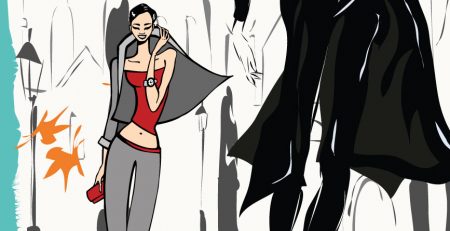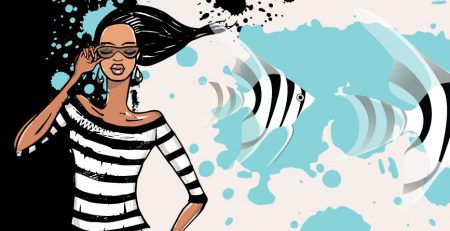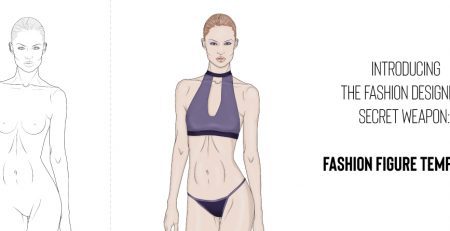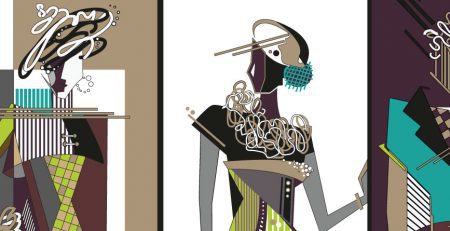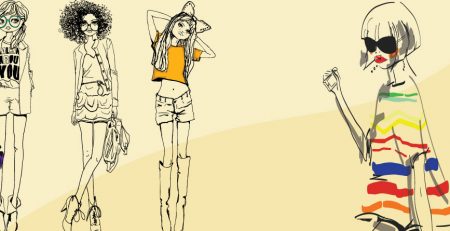In order to develop a fashion collection one needs a great deal of creativity, a quality generally considered to be innate, and a gift that flowers on its own. Yet, the creative processes that lead to success are the result of the ability to come up with original solutions to concrete problems and situations that, beyond talent and individual gifts, stem from certain methodologies of work. As Pablo Picasso said, “Inspiration exists, but it has to find you working.” Good ideas, important contributions, and new solutions are the consequences of specific procedures in which analysis, observation, reflection, and proposals form part of the same mechanism that encompasses distinct mental processes.
In the development of a fashion collection, then, proper planning is a must, and toward this end a series of steps should be followed.
Look for references
Prior to undertaking the creation of a clothing line or collection, the fashion designer must immerse himself in a process of investigation that permits finding and detecting inspirational sources, ones that potentially can be transformed into new products. One needs to be up-to-date regarding fashion, social, and consumer trends; know what is happening in the fashion industry and other sectors; and, above all, have personal interests that can be transformed into potential themes and ideas.
Create a sketchbook
The sketchbook is a notebook that reflects the creative process of the designer. It is a means of expression where ideas are collected and proposals are developed freely, with the aim of presenting the conceptual character of the collection, the making of the garments, the search for materials and fabrics, and the suggestions of possible looks. It functions as a travel book as
well as a tool that allows one to explore the sources of inspiration for the collection personally and by hand.
Define silhouettes, lines, colors, materials and fabrics
The silhouette, being the first impression one has of a garment, dictates the general spirit of the collection from the get-go. For this reason, it will serve as a guide in the making of each of the garments and will determine, among other details, the volumes, the proportions, and materials. There are various kinds of lines: the A line, which refers to a garment that is narrow in the upper part with a low waist that widens toward the lower extreme; the trapezoid line, recognized by its broad backs and non-round forms that extend to the lower border of the garment.
Color is fundamental to the conception of a collection. It is one of the factors that first draws the attention of consumers, conveying the spirit and emotions that the collection wishes to express. In order to create a color menu (a selection of between four and ten tones to be used in the production of a collection, some more frequently as base colors, others exclusively for
details) it is important to keep in mind the three dimensions of a color if one wishes to obtain a chromatically harmonious color menu in which nothing is too shrill: color, value, saturation.
It is essential to know the materials one is going to work with. The textures, the production processes, and the properties of a fiber or fabric are factors that can influence the final
result of the garment, as much with regard to manufacturing and composition as price.
Produce a concept book or thematic panel
Once the references have been selected and the lines and themes to be explored in the future collection analyzed, the next step is to develop the gathered material in the form of a thematic panel or concept book. This tool allows for expressing through images and key words the overall idea that is to be transmitted in the collection, that is, the compendium of values and symbols that represent it: ideas, feelings, visual references, environments, colors, music, important figures, etc. In addition, by representing, visualizing, and putting into writing -whether abstractly or concretely- the references that have served as sources of inspiration, it is possible to better manage the idea of the brand, line, or collection. This guide creates a symbolic universe that serves as the overarching context of the creation. It helps to define the placement of the message or messages that will be developed further in the product, establishing a particular manner of communication and defining the strategy that will be followed with the contribution of a concrete stylistic filter.
Develop patterns and test garments
Patterns are the architecture of fashion, to the extent that they are geometric constructions based on the measures of the body that are used as forms in the production of garments. Each pattern consists of all the pieces that go into a garment, and the larger the number of pieces the more complex the composition of the design will be.
The test garment is the first sample of the garment once the pattern has been developed. Generally it is done with calico, percale, or some other fabric with the same weight and behavior as the fabric that will be used for the final garment, as it is possible that a pattern will not function with a fabric different from the one for which it has been conceived. For instance, if the fabric to be used for the garment is elastic, a knit fabric must be used for the test garment. Normally, the fabric is white or natural, given that these colors make the cuts and tailoring of the pattern easier to see.
Create prototypes
The final step in the creative process is to make a prototype, that is, a version of the garment as it will later appear at retail respecting fabrics, colors, finishes, etc. Normally, prototypes are used as a sample of the collection on fashion runways and in the press, and are therefore generally made in size 36 or 38 in order to fit the models. Once the prototype is completed, the developmental process of a collection is over and the time has come to present it, to offer it to possible buyers, to begin production, and follow the necessary steps so that the garments actually will be able to be worn.

